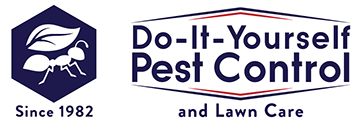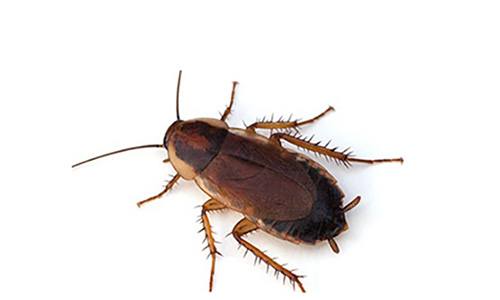
How to Get Rid of American Cockroaches
If you have an active roach infestation, follow these guidelines to learn how to get rid of American roaches (large red cockroaches that may fly), and the best products for treatment.
December 16th, 2023
Large, Reddish-brown Pests
The reddish-brown American cockroach, often known as the palmetto bug or water bug, is a serious household pest. It was first brought to the USA from North Africa, and despite its name, these large American cockroaches can now be found all over the globe.
The bad news about American cockroaches is that if you spot one in your home, there are likely many more hiding. But, don't fret! DIY Pest Control is here to help you identify, inspect, and get rid of American Roaches.
How To Get Rid Of American Roaches
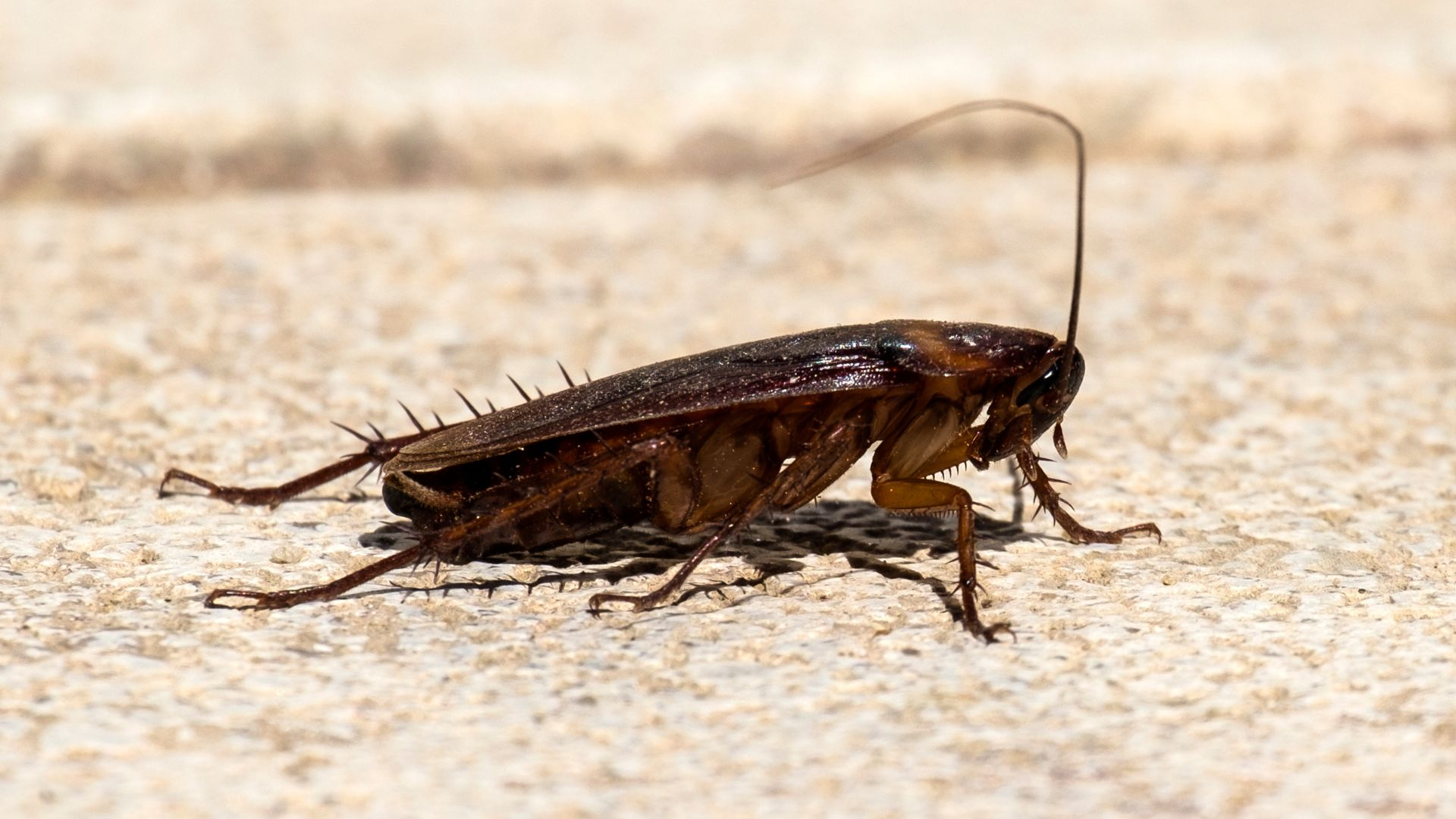
Step 1: Prevention, Sanitation, and Exclusion
Sanitation and exclusion procedures are the first things required for preventing and getting rid of American Cockroaches. If you eliminate food sources, moisture, or their harborages, it will put such pressure on the roach population, leading to better results with pest control measures.
How to Exclude American CockRoaches from Entering your home
Although the American cockroach has many places to habitat outside, it will enter if there is an entry point.
Seal as many exterior cracks and holes as possible on the outside of the home.
Caulk all penetrations through ground-level walls. Caulk and repair holes around doors, windows, water pipes, and baseboards.
Place mesh screens over windows, floor drains, and vents. Seal any cracks or holes leading indoors with caulk or other sealants. These places serve as American cockroach locations.
Make sure that doors and windows fit securely inside the frames, to eliminate entry.
Sanitation and Home Repairs
-
Caulk all penetrations through ground-level walls.
-
Remove rotting leaves from window wells and gutters.
-
Place mesh screens over windows, floor drains, and vents. Seal any cracks or holes leading indoors with caulk or other sealants. These places serve as roach locations.
-
Store firewood as far away from the house as you can. If you can lift it off the ground, it will help eliminate harborage areas.
-
Discard old boxes and piles of papers where roaches can hide.
-
Use a tight-fitting lid on your trash can.
-
Move garbage cans out of the Red Roach's preferred moist habitat.
-
Clean kitchen appliances thoroughly to eliminate food sources.
Pet Food
It is not wise to allow pet food to sit out overnight for indoor pets. For outdoor pets, please pick up after each meal, so the roaches don't eat it. Roaches love to eat pet food, and it is a consistent source of food for them if not removed from their habitat.
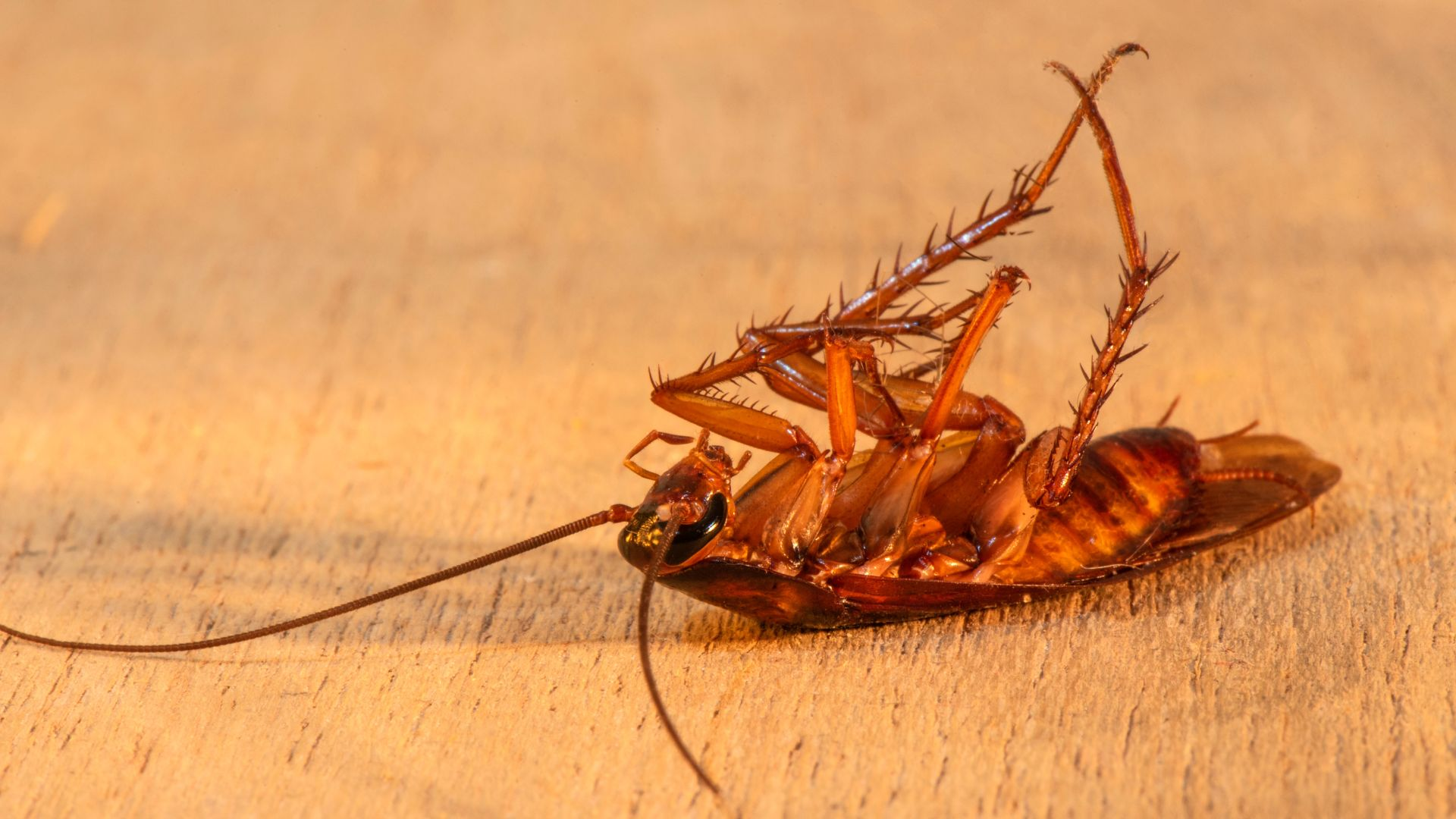
Step 2: Pest Control Products To Use An American Cockroach Infestation
Insecticide Granules, Insecticide Baits, and Insecticide Aerosols and Dusts
You may apply Bifen LP Granules around the base of the house, particularly in areas of pine straw and mulched areas, and/or Intice Perimeter Bait as supplemental treatments. If you have large cockroaches entering your home from the attic area (due to trees that overhang the attic or gutters that are not clean) using baits like Intice insect baits, would give you excellent results.
Use an insecticide dust like D-Fense Dust for additional treatment to liquid insecticides and insecticide granular. You may apply an insecticide Dust such as D-Fense Dust with a duster to get rid of American Cockroaches. This dust would be useful in cracks and crevices, wall voids, electrical fittings, around doors and window frames, etc.
Use a non-repellent aerosol like Spectre PS to get rid of American cockroaches quickly. As a non-repellent insecticide, the insects cannot detect its presence, allowing the insects to cross over its chemical placements, instead of avoiding the area. It has a crack and crevice tip to spray into areas where pests are hiding or living. It does not stain.
Outdoor Treatment to Get Rid of American Cockroaches
Insecticide Sprays for an American Cockroach Infestation
Generally speaking, control measures should concentrate on the outside of the building and points of entry of the American Roach. This is called a "perimeter or barrier" treatment.
You may use concentrated residual sprays: Cyzmic CS or Cyper WSP inside or outside. Spray a 3-6 foot band around the entire house. Spray outside around doors, windows, pipe openings, and dryer vents.
Cyzmic CS will dry without a visible residue on sprayed surfaces. Cyper WSP will leave a visible powdery residue against surfaces.
Recommended products are listed below. These typically require pump sprayers.
Insecticide Granulars for American Roaches
You may apply granular around the base of the house, particularly in areas of pine straw and mulched areas. Bifen LP Granule is the recommended insecticide granular.
Granular Insect Baits for Large Roaches
Insect baits like Invict Xpress Granular Bait or Intice Perimeter Bait can be used indoors, outdoors, or in turf areas. Invict Xpress has multiple food attractants to attract not only the American Roach, but also Crickets, some Ants, Silverfish, Earwigs, and Firebrats.
Indoor Treatment to Get Rid of American Cockroache
Insecticide Sprays for American Roaches
Apply inside on the baseboards near the entry points (doors, windows, plumbing under sinks).
On the inside, apply around the plumbing under the sinks and washer and dryer connections. You don't have to spray all the interior baseboards, just the corners and baseboards inside the garage and basement areas.
Baits for American Cockroaches
If large cockroaches are entering your home from the attic area, using bait like Invict Express Insect Baits or Intice Perimeter Baits, will help you to get rid of American Cockroaches. This insect bait would also be an excellent choice for crawl spaces and or attics.
Insecticide Dust for American Roaches
Using a hand duster, apply insecticide dust in locations where the American cockroaches are traveling. Such places would be behind baseboards, wall outlets, wall voids, and underneath appliances. The recommended Dust is D-Fense Dust.
Using Residual Sprays to Get Rid of American Cockroaches
You may use these residual sprays when attempting to get rid of American cockroaches inside or outside your home:
Cyzmic CS
Cyper WSP
When applying these residual sprays to reduce and eliminate cockroach populations, spray outside doors, windows, pipe openings, and dryer vents.
On the inside of your home, apply the spray on the baseboards near the entry points to get rid of American cockroaches that are trying to enter your home. You don't have to spray all the interior baseboards, just the corners, and baseboards inside the garage and basement areas.
Don’t forget to apply the roach-killing spray around the plumbing, under the sinks, and any washer or dryer connections.
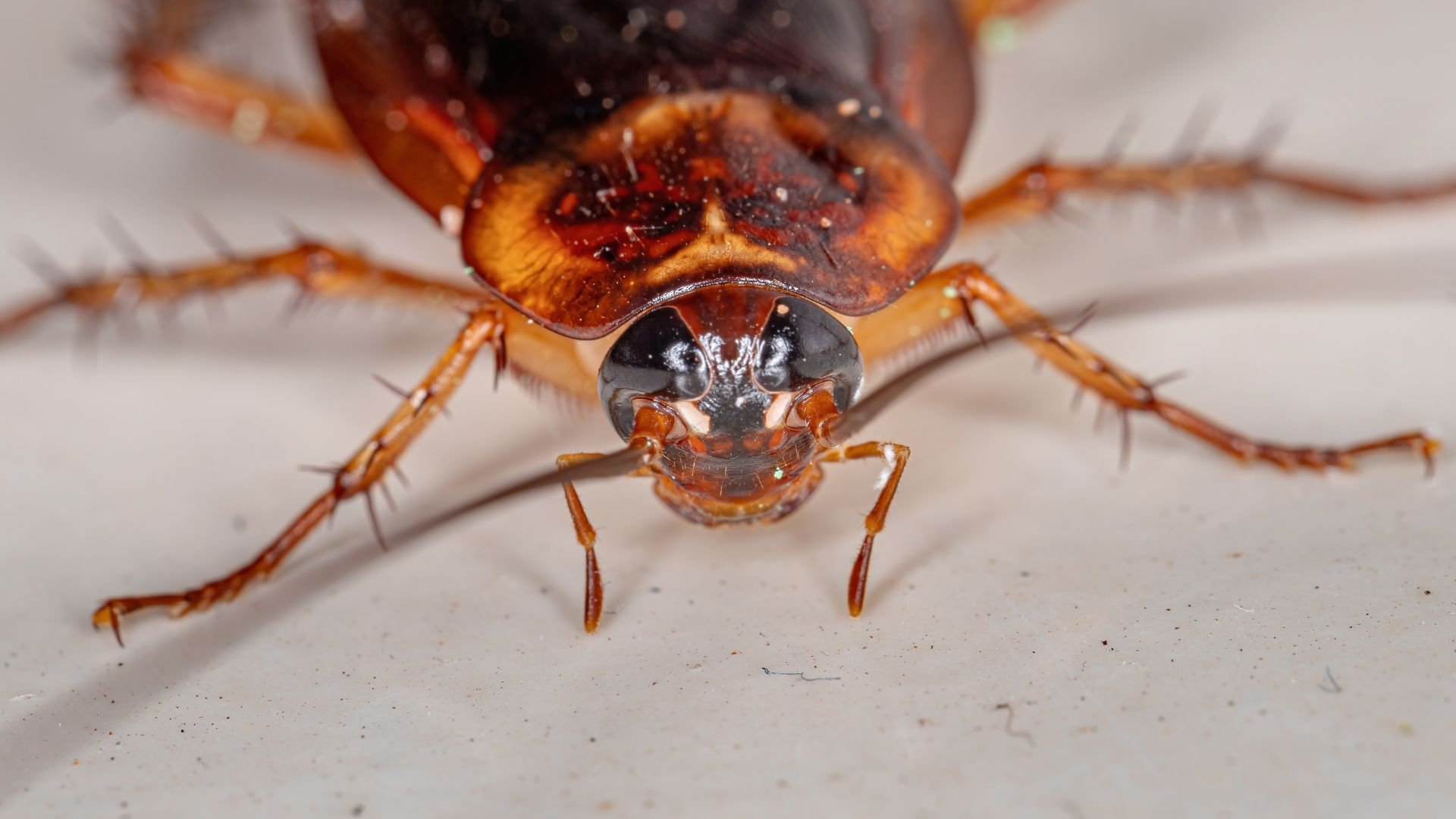
American Roach Identification
American Cockroaches (Periplaneta americana) are also known as a "water bug" “red roach” or "palmetto bug."
The American cockroach is reddish-brown, about 1.5 inches long or longer, winged, but seldom flies. American cockroaches are significantly larger than the smaller German cockroaches.
Young nymphs are gray-brown in color and as the American cockroaches mature, they become more reddish-brown in appearance. They have well-developed wings but don't fly much unless temperatures are above 85 degrees, then they are known as "flying waterbugs." The male American cockroach's wings are longer than the female wings.
American Cockroach Diet
These pests prefer decaying organic matter and small insects, but being scavengers, American cockroaches eat anything. Sweets are attractive to American cockroaches. They also will feed on starchy items like book bindings, and the back of the wallpaper.
American Roach Biology/ Habits
Biology
The female American cockroach produces many egg capsules, having 14-16 eggs hatching in 50-55 days into grayish-brown "nymphs." Female American cockroaches prefer to deposit their eggs in protected and damp areas. Nymphs will molt 9 to 13 times before reaching maturity as adult American cockroaches. The nymphs are 1/4-inch long. The nymphs are gray-brown when they come out of the egg capsule. It's important to note that immature cockroaches resemble adults.
Do American Cockroaches Bite?
While these filthy pests generally avoid active humans, there have been cases where American cockroaches bite humans. This usually occurs when a cockroach is looking for food and they chew on hands, feet, eyelashes, and even fingernails.
These bites may cause minor irritation and swelling, but you should seek medical attention if the bite area becomes infected or if you experience allergic reactions. When looking at cockroaches as a whole, they are dangerous pests, spreading dozens of types of bacteria and even six types of parasitic worms.
Temperature
The comfortable temperature for an American cockroach is about 84 degrees Fahrenheit. As temperatures outside get cool, you may find the American cockroaches moving indoors. They come in thru entry points like air ducts, around utility pipes, small cracks and crevices, sewer connections, and under doors. They can be found near bathtubs, clothes hampers, and plumbing.
Flying Roaches
They will fly short distances at high temperatures. They can move from building to building.
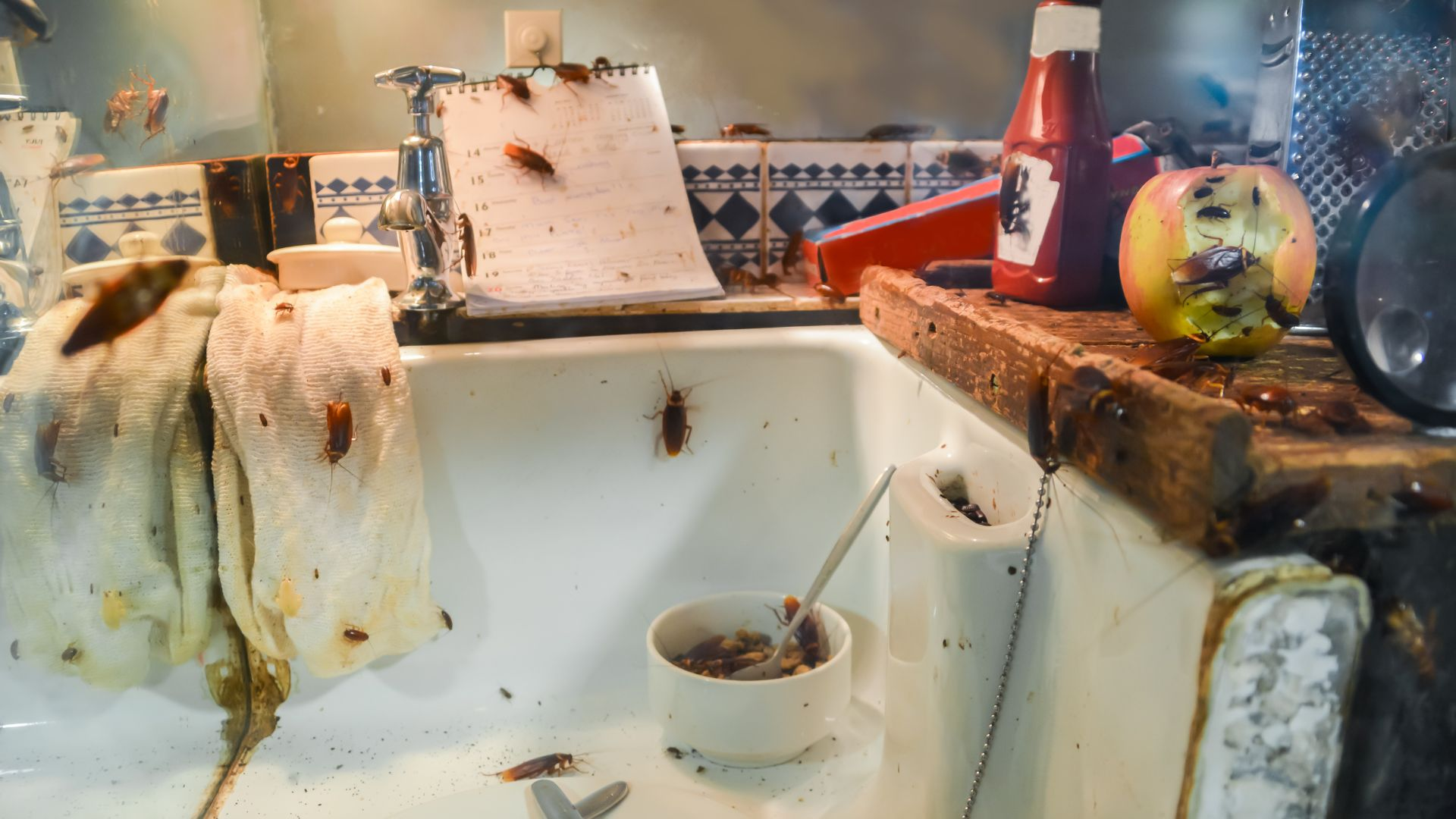
American Roach Inspection
Adults and nymphs can be found in a variety of places. In the northern United States, American cockroaches prefer warm areas like steam heat tunnels or large institutional or commercial buildings. They are often found around accesses to sewers, near garbage, and near sump pumps.
Nymphs may be found in dark basements, crawl spaces, and floor drains. In basements, they may be found in corner areas high on the walls or in floor drains. They more commonly congregate in open spaces instead of small cracks and crevices.
The American cockroach also prefers damp locations and access to water. When indoors, they can be located in dark, moist areas like basements and crawl spaces. Other likely areas indoors would be bathtubs, floor drains, and sewers.
Outside the American cockroach can be found in moist, shady areas like yards, hollow trees, woodpiles, and mulch.
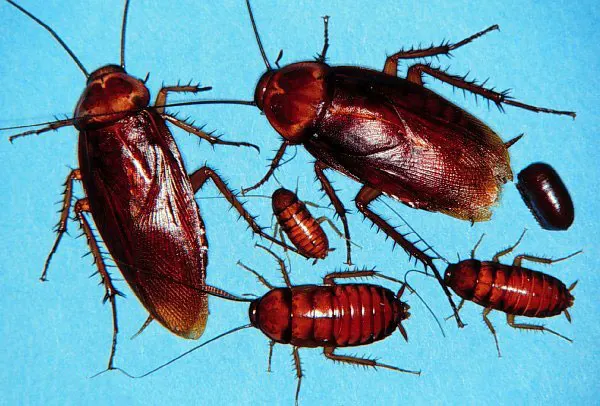
At times they can be found under roof shingles or attics. Usually, they will live outside but will wander inside in search of food and water or during extreme weather conditions.
You may notice what appear to be mouse droppings in cracks and cupboards around the kitchen. If the droppings are more capsule-shaped, these are likely cockroach feces.
How To Get Rid of American Cockroaches
If you have an active roach infestation, follow these guidelines to learn how to get rid of American roaches (large red cockroaches that may fly), and the best products for treatment.

American Roach Identification
American Cockroaches (Periplaneta americana) are also known as a "water bug" or "palmetto bug." The American roach is reddish-brown, about 1.5 inches long or longer, winged, but seldom fly. The male wings are longer than the female wings. The American roach is reddish-brown, about 1.5 inches long or longer, winged, but seldom fly. The male wings are longer than the female wings. Young nymphs are gray-brown in color. As the American cockroaches mature, they become more reddish-brown in appearance. They have well-developed wings but don't fly much unless temperatures are above 85 degrees, then they are known as "flying waterbugs."
American Roach Inspection
-
Adults and nymphs can be found in a variety of places. In the North, they are commonly found in steam heat tunnels or large institutional buildings. They are often found around accesses to sewers, near garbage, and ner sump pumps.
-
Nymphs may be found in dark basements, crawl spaces, floor drains. In basements, they may be found in corner areas high on the walls or in floor drains.
-
The more commonly congregate in open spaces instead of small cracks and crevices.
-
The American roach also prefers damp locations and access to water. When indoors, they can be located in dark, moist areas like basements and crawl spaces. Other likely areas indoors would be around bathtubs, floor drains, and sewers.
-
Outside the American Roach can be found in moist, shady areas like yards, hollow trees, woodpiles, and mulch.
-
At times they can be found under roof shingles or attics. Usually, they will live outside but will wander inside in search of food and water or during extremes in weather conditions.


How To Get Rid Of American Roaches
Step 1: Prevention-Sanitation and Exclusion
Sanitation and exclusion procedures are the first things required for this type of roach. If you eliminate food sources, moisture, or their harborages, it will put such pressure on the roach population, leading to better results with pest control measures.
Exclusion:
Although the American roach has many places to habitat outside, it will enter if there is an entry point.
- Seal as many exterior cracks and holes as possible on the outside of the home
- Caulk all penetrations through ground level walls. Caulk and repair holes around doors, windows, water pipes, and baseboards.
- Place mesh screens over windows, floor drains, and vents. Seal any cracks or holes leading indoors with caulk or other sealants. These places serve as roach locations.
- Make sure that doors and windows fit securely inside the frames, to eliminate entry.
Sanitation and Home Repairs
- Caulk all penetrations through ground level walls.
- Remove rotting leaves from window wells and gutters.
- Place mesh screens over windows, floor drains, and vents. Seal any cracks or holes leading indoors with caulk or other sealants. These places serve as roach locations.
- Store firewood as far away from the house as you can. If you can lift it off the ground, it will help eliminate harborage areas.
- Discard old boxes and piles of papers where roaches can hide.
- Use a tight-fitting lid on your trash can.
- Move garbage cans out of preferred moist habitat.
- Clean kitchen appliances thoroughly to eliminate food sources.
- It is not wise to allow pet food to sit out overnight for indoor pets. For outdoor pets, please pick up the food after they are finished
Step 2: Pest Control Products To Use For American Cockroaches
Outdoor Treatment
Insecticide Sprays:
Generally speaking, control measures should concentrate on the outside of the building and points of entry of the American Roach. This is called a "perimeter or barrier" treatment.
You may use concentrated residual sprays: Cyzmic CS or Cyper WSP inside or outside. Spray a 3-6 foot band around the entire house. Spray outside around doors, windows, pipe openings, and dryer vents.
Avesta CS will dry without a visible residue on sprayed surfaces. Cyper WSP will leave a visible powdery residue against surfaces.
Recommended products are in the table below. These typically require pump sprayers.
Insecticide Granulars:
You may apply granular around the house's base, particularly in pine straw and mulched areas. Bifen LP Granule is the recommended granular insecticide.
Granular Insect Baits
Insects baits like Invict Xpress Granular Bait or Intice Perimeter Bait can be used indoors, outdoors, or in turf areas. Invict Xpress has multiple food attractants to attract not only the American Roach but also Crickets, some Ants, Silverfish, Earwigs, and Firebrats.
Indoor Treatment
Insecticide Sprays:
-
Apply inside on the baseboards near the entry points (doors, windows, plumbing under sinks).
-
On the inside, apply around the plumbing under the sinks and washer and dryer connections. You don't have to spray all the interior baseboards, just the corners and baseboards inside the garage and basement areas.
Insect Baits:
If you have these larger cockroaches entering inside your home from the attic area (due to trees that overhang the attic or gutters that are not clean) using baits like Invict Express Insect Baits or Intice Perimeter Baits, would give you very good results. This insect bait would also be an excellent choice for crawl spaces and or attics.
Insecticide Dust:
Using a hand duster, apply insecticide dust in locations that the American Roaches are traveling. Such places would be behind baseboards, wall outlets, wall voids, and underneath appliances. The recommended Dust is D-Fense Dust.
- You may apply Bifen LP Granules around the base of the house, particularly in areas of pine straw and mulched areas and or Intice Perimeter Bait as supplemental treatments. If you have these larger cockroaches entering your home from the attic area (due to trees that overhang the attic or gutters that are not clean) using baits like Intice insect baits, would give you excellent results.
- Use an insecticide dust like D-Fense Dust for additional treatment to liquid insecticides and insecticide granular. You may apply an insecticide Dust such as D-Fense Dust with a duster. This dust would be useful in cracks and crevices, wall voids, electrical fittings, around doors and window frames, etc.
- Use a non-repellent aerosol like Phantom Aerosol. As a non-repellent insecticide, the insects cannot detect its presence, allowing the insects to cross over its chemical placements, instead of avoiding the area. It has a crack and crevice tip to spray into areas where pests are hiding or living. It does not stain.
Where To Spray
- You may use three residual sprays: Cyzmic CS or Cyper WSP inside or outside.
- Spray outside around doors, windows, pipe openings, and dryer vents. Apply also on the inside of the baseboards near the entry points.
- On the inside-apply around the plumbing under the sinks and washer and dryer connections. You don't have to spray all the interior baseboards, just the corners and baseboards inside the garage and basement areas.
American Cockroach Diet
American Cockroaches prefer decaying organic matter, but being scavengers will eat anything. Sweets are attractive to the American roach. They also will feed on starchy items like book bindings, and the back of the wallpaper.
American Roach Biology/ Habits
Females produce many egg capsules, having 14-16 eggs hatching in 50-55 days into grayish-brown "nymphs." Female American Roaches prefer to deposit their eggs in protected and damp areas. Nymphs will molt 9 to 13 times before reaching maturity. The nymphs are 1/4-inch long. The nymphs are gray-brown when they come out of the egg capsule.
The comfortable temperature for an American roach is about 84 degrees Fahrenheit. As temperatures outside get cool, you may find the American roaches moving indoors. They come in thru entry points like air ducts, around utility pipes, small cracks and crevices, sewer connections, and under doors. They can be found near bathtubs, clothes hampers, and plumbing.
They will fly at high temperatures. They can move from building to building.
Written by our resident pest control expert Ken Martin.

